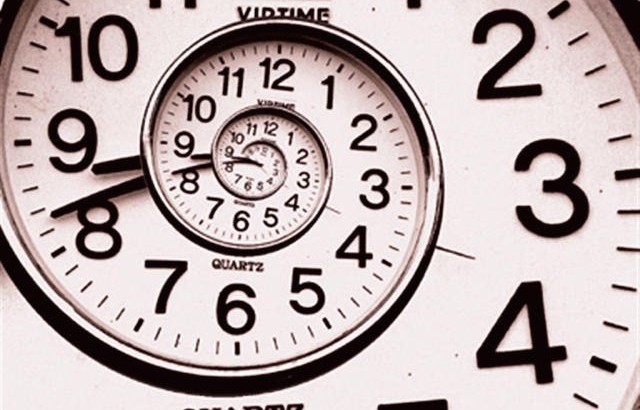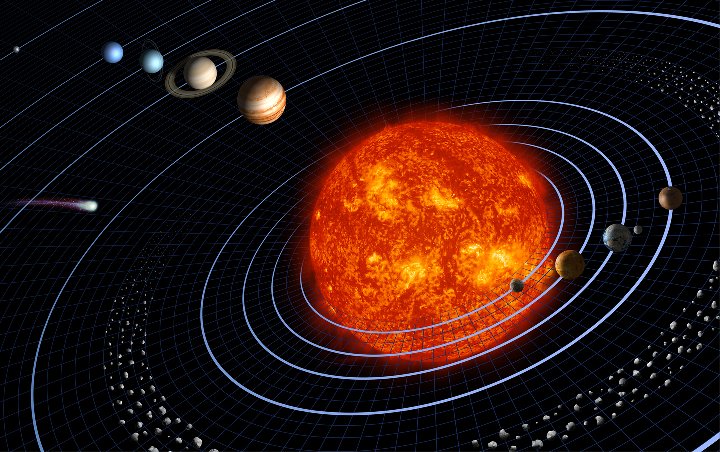
1. 24 hours. The time was divided this way in Ancient Babylon. It was considered that the numbers “6” and “12” are almost saints. Twelve, for example, meant perfection. On the basis of the figures “6” and “12” Babylonian experts gave a minute 60 seconds, and the day got 24 hours.

2. Human watch. The man has no sense organ that would be responsible for the watch. However, each of us perceives time. As it happens, nobody knows. Some scientists say that the brain is responsible for the perception of time.

3. China is a Time Lord. There are at least 5 time zones in China. However, this country has a single time. The Communists, who came to power in 1949, decided to combine all 5 time zones. This is inconvenient, as in the Eastern regions of the PRC, the sun rises much earlier than in the Western part of the country.

4. The age of the person accelerates the time. Most people say that with age time speeds up. Scientists can not understand why it happens. Perhaps this is because young people have time to do a lot more things.

5. The first calendar. Swedish scientists have suggested that the first calendar in the world was associated with agriculture. The ancient Babylonians were always watching the sky to understand time of sowing. A calendar system based on the movements of the heavenly bodies appeared after such observations.

6. Difference between lunar and solar calendars. The inhabitants of our planet live according to lunar and solar calendars. For example, Arab Muslims live according to the lunar calendar, thier year consists of 354 days. The Julian calendar was created by Julius Caesar. It is solar calendar, and its year is equal to 365 days.

7. The old days. We say that a day consists of 24 hours, but in fact it is necessary to add 30 seconds. It is because that our planet is aging. Long time ago it was rotating faster than today, that time the day had 22 hours. At that time a year lasted 400 days.

8. Weeks. The Earth does one turn around the Sun in 1 year. Its companion the Moon flies over the Earth during one month. A week is not astronomical phenomenon. Such a thing as the week has not always existed. Long time ago there were eight days in a week.

9. Leap year. Long time ago the calendar year was longer than it is now. The difference between the year in the old days and modern one is 11 minutes. According to Catholic priests, Easter should be celebrated on the first Sunday after the spring full moon. But Gregory XIII thought that adding to each year 11 minutes is awkward, and we got a leap year.

10. The first transfer to spring and autumn time. The first time transfer into the season occurred during the First World War in Germany. In Europe, the transfer to the autumn time was implemented in 80-ies of the last century, when the world experienced the oil crisis, and there was a need to save electricity. At the moment, Japan, China, India, Singapore and several other countries refused from the use of daylight saving time.